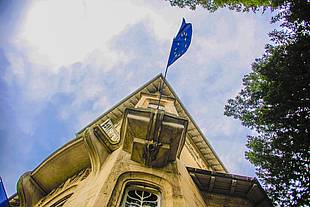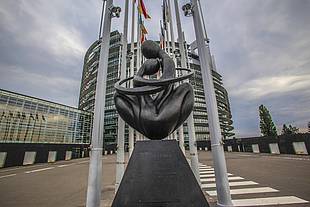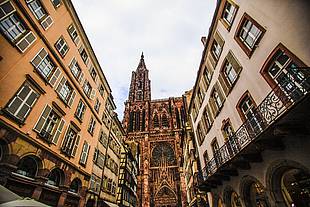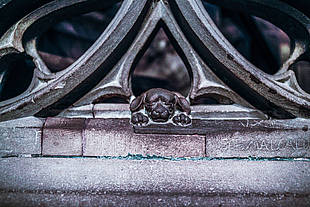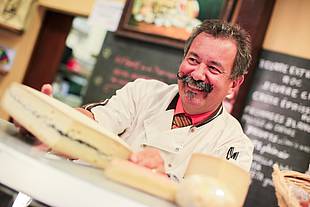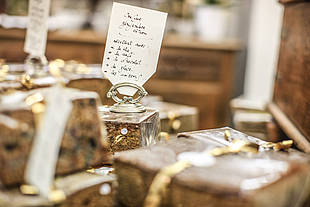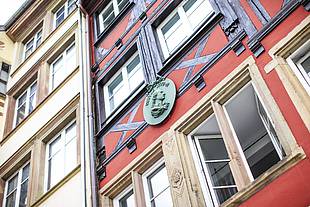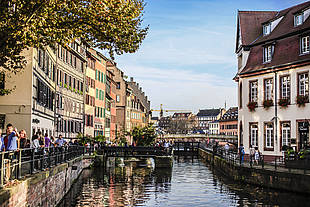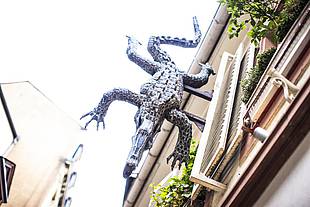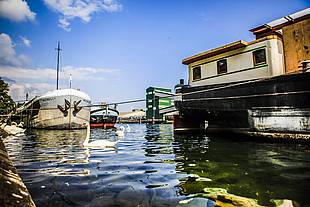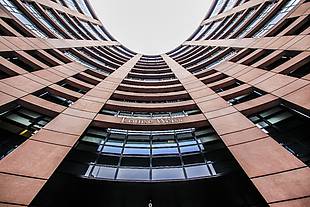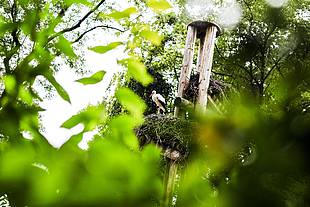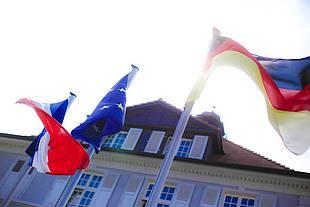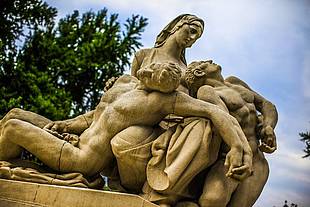The Diversity of Strasbourg
I see Strasbourg as an important piece in the jigsaw of a steadily uniting Europe. I see myself almost as an ambassador for a united Europe. There is no better place to communicate information and raise awareness about Europe than in the Alsatian city. In my tours, I describe the turbulent history of Alsace/Lorraine and of Strasbourg as the capital of Europe. Come and join us on a trip!
Modern European Strasbourg
This is a tour of the modern European quarter. I focus on the European Parliament, European Court of Human Rights and the Council of Europe. We take a look at squares, sculptures and architecture.
If you would like know more about the institutions, you can apply to visit the European Parliament as an association or group. This trip can be planned through the visitor service or the regional MEPs. See politics happen first hand. Ask 1000 questions and have them answered.
The Classical Tour
The Grande Île is the heart of the 2000-year-old city of Strasbourg. The centre is dominated by the mighty Cathedral. It is in the historic old town and can be seen for miles around. The journey through town becomes a journey through time, from the Middle Ages to the modern day. As a Unesco world heritage site since 1988, the city centre has much to offer in the way of history, from Gutenberg to Goethe, from tanneries to the Palais des Rohan, the medieval churches or the architecturally stunning Museum of Modern Art. Everything has its own place, purpose and unique charm. Inviting squares beckon you to stay a while and marvel at their beauty. The river nearby whispers like a faithful companion on the journey through the historic quarter.
Cathedral Tour
It looms impressively out of the sea of houses, reaching to the heavens, and yet is somehow delicate and transparent at the same time. The Notre Dame Cathedral is one of the most significant cathedrals in Europe. With its 142 metre tall tower, 15 metre wide rose window and Renaissance-era astronomical clock, this masterpiece of Gothic architecture is certainly very impressive. Built from pink Vosges sandstone, its unique glow varies depending on the time of day and the light.
Culinary Crawl
History and cuisine perfectly complement one another. Wander through old narrow alleyways of the town, stop at bistros and restaurants and get to know the owners or meet Michelin-starred chefs. Why not stop by one of the city's famous chocolatiers too? You can try and buy. Gingerbread, marmalade, cheese, excellent wines and specialities of Alsatian cuisine are enticing and delicious. No less than Johann Wolfgang von Goethe himself was a connoisseur of Strasbourg's cuisine.
Shopping in Strasbourg
The exquisite shops in the centre of Strasbourg offer a wide selection of fashion from around the globe. A stroll through boutiques and shops under expert guidance promises to be a very special shopping experience. Whoever is seeking something special will soon find it here. Yet those on a tighter budget can also find something beautiful and remarkable. Enjoy French flair on a shopping trip!
A literary journey through time
Over the centuries, some of the world's great literary figures and philosophers came to Strasbourg. From Meister Eckart to Sebastian Brant with his "Ship of Fools" to Voltaire and Goethe, poets and thinkers have long found inspiration and pleasure in this city. Goethe dedicates a passage in his autobiography to the cathedral. The city honours the German poet with a memorial on the University square.
Boat trip on the Ill
Seeing and experiencing Strasbourg from the water is a special experience. The Ill, a river ring road around the town centre, opens up a new perspective on the town and its historic scenery. A story about the inclined church tower here and an anecdote about the terrible events of the Middle Ages there offer penetrating insights into life as it once was lived. Finally, the modernity of the European quarter offers a glimpse into the future.
Restaurant Recommendations
There is an excellent range of cuisine in the Alsatian metropolis. Cosy cafés, lovely bistros and select restaurants promise pure culinary delight. Knowing the city or having a skilled tour guide is of course an advantage. This is where you can draw on inside knowledge. When it comes to eating and drinking, the tourist is already on the right track.
Kehl Port Tour
Kehl is the European capital's little sister. The border town has been tied to the turbulent history of Alsace and Strasbourg for time immemorial. On a port tour, visitors can experience one of the largest rivers in Europe. However, they also discover the industrial era on the German side of the Rhine, from the little port in the 19th century to the modern day port on the Rhine which handles over 4 million tonnes of goods every year.
Saverne – The Louise Weiss Trail
A tour for political interested women. Louise Weiss was the first Interim President of the European Parliament, first elected in 1979. The politician, writer, journalist and feminist came from an Alsatian family. Her mother was Jewish. During the Second World War she took part in the Resistance and campaigned for a united Europe from an early stage. Between Strasbourg and Saverne, we follow in the footsteps of this early supporter of Europe. At the Palais des Rohan in Saverne, the Louise Weiss Museum describes her fascinating life.
Alsace Wine Route, Vosges, Colmar and Mulhouse
Pretty villages line the Alsace Wine Route. Hillside vineyards produce the best of wines. Cosy wine bars invite you to come in and try some. The route winds pleasantly through the vineyards und slowly opens onto the main ridge of the Vosges. Breathtaking mountain landscapes allow views of unspoiled nature. In Colmar, the Isenheim Altarpiece is waiting to be discovered, as well as the city itself. Mulhouse welcomes tourists with its unique Automobile Museum.
Maginot Line
A visit to this huge outpost along the French-German border certainly makes its mark. Factories, casemates and shelters are the silent witnesses of these huge defences between the Mediterranean and the North Sea. As deep as 25 metres below ground, canteens, hospitals, command centres and heavy artillery are still there today. Unnerving, cold and repellent, you can feel the icy breath of history blowing here.
War Graves
Memorials for thousands of soldiers who fell in bloody fratricidal wars. A guided tour to one of the war graves is a tragic look back and simultaneously highly impressive. Because people still come here to find consolation at the graves. They are the silent witnesses of great suffering on both sides of the Rhine.

